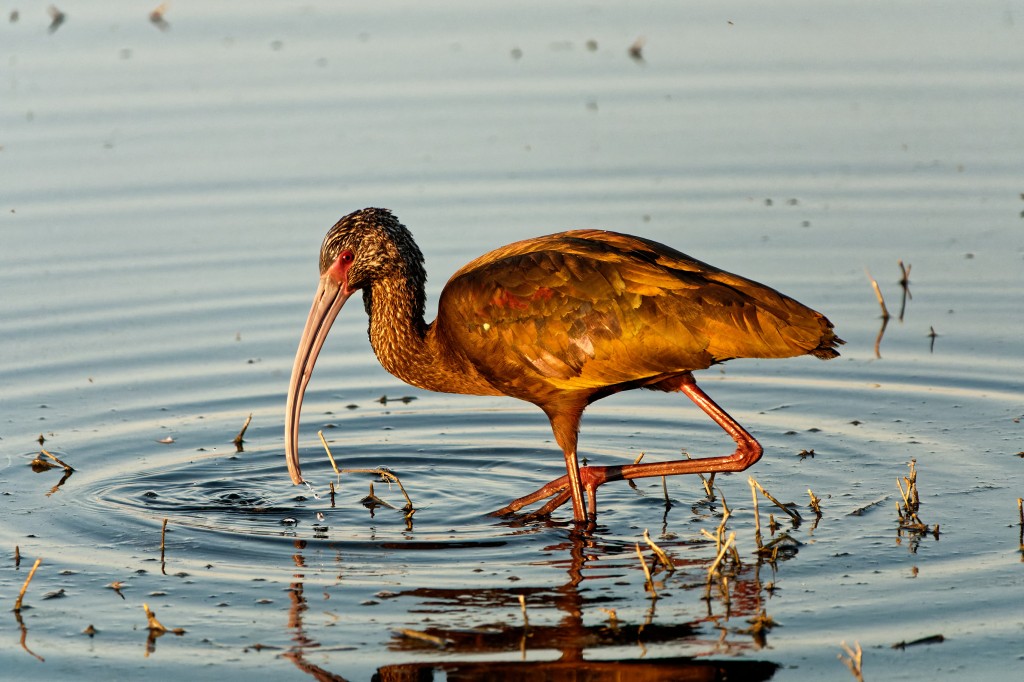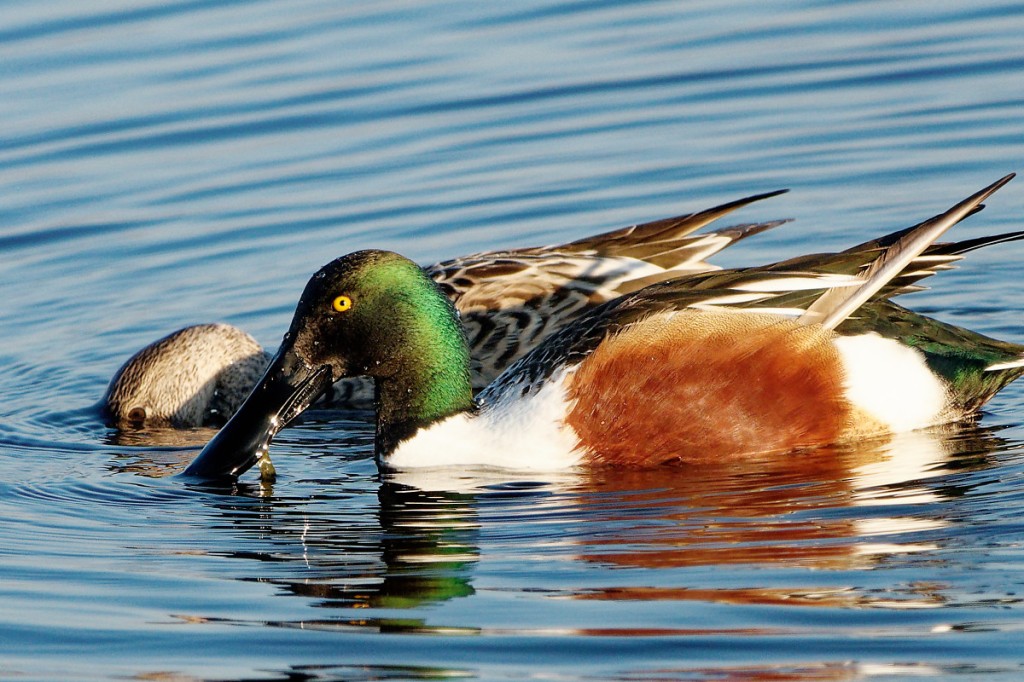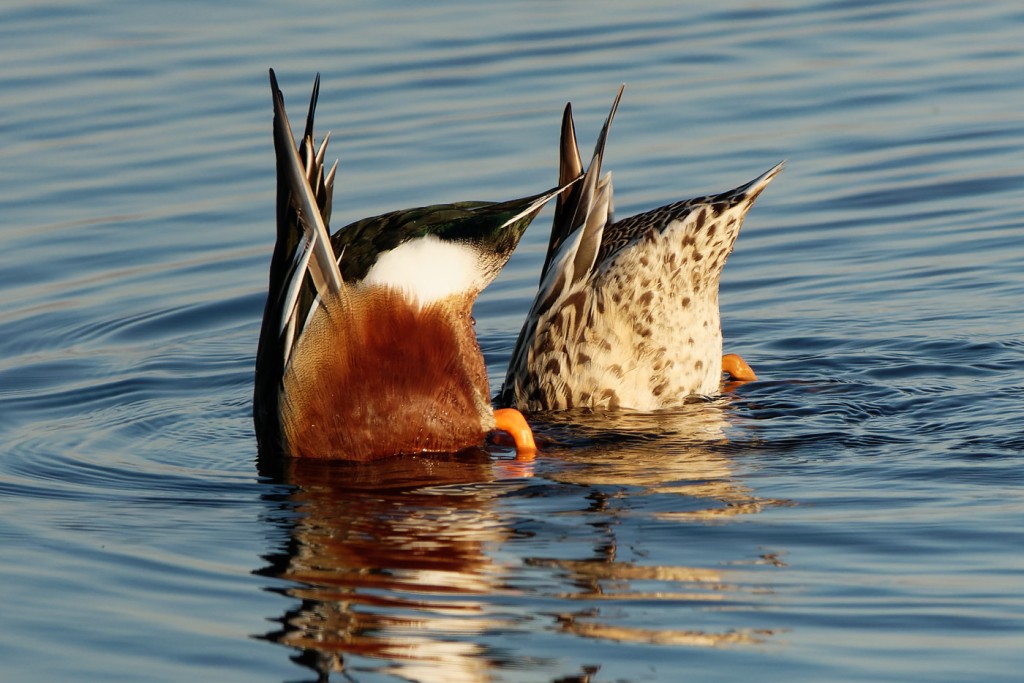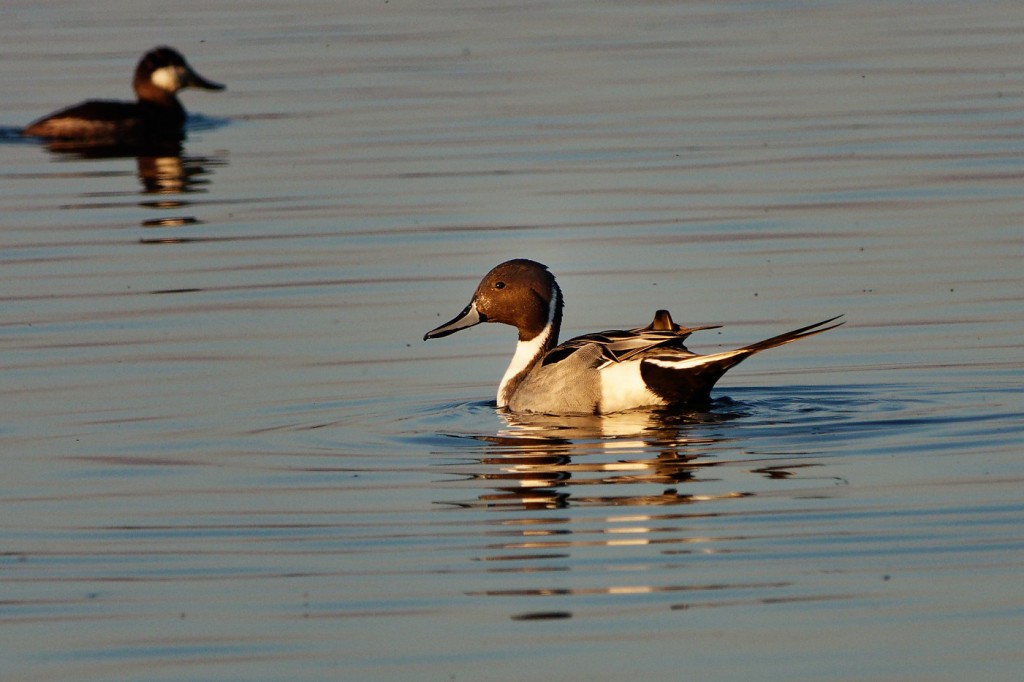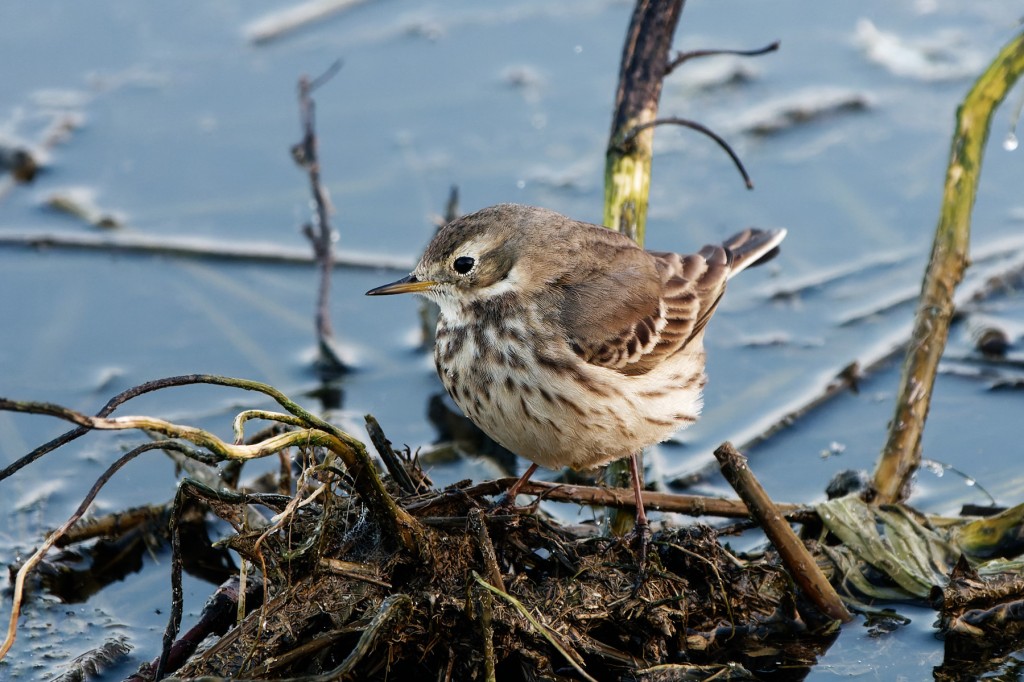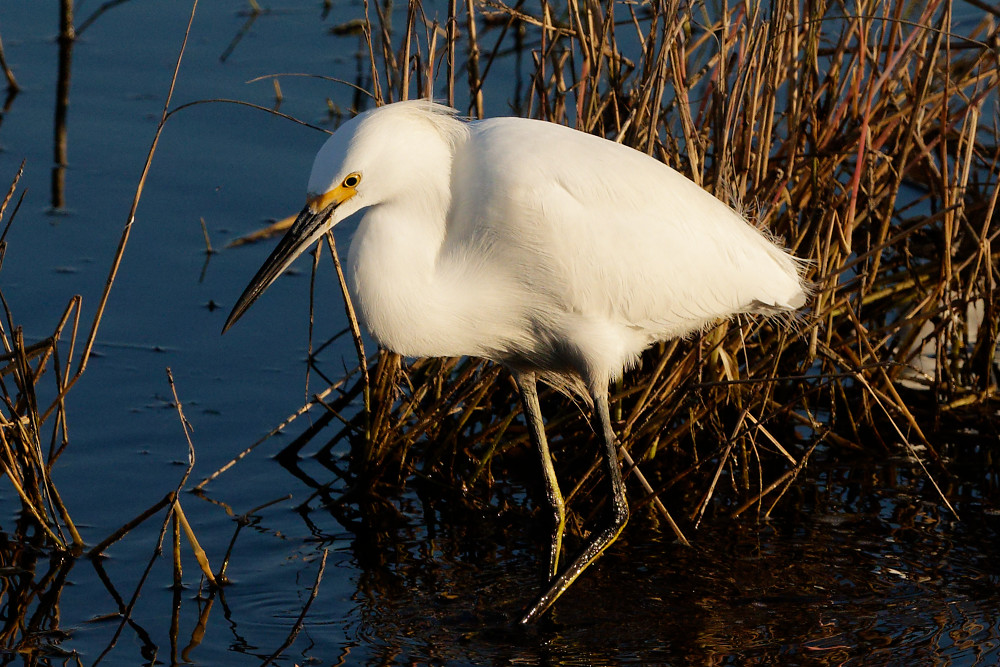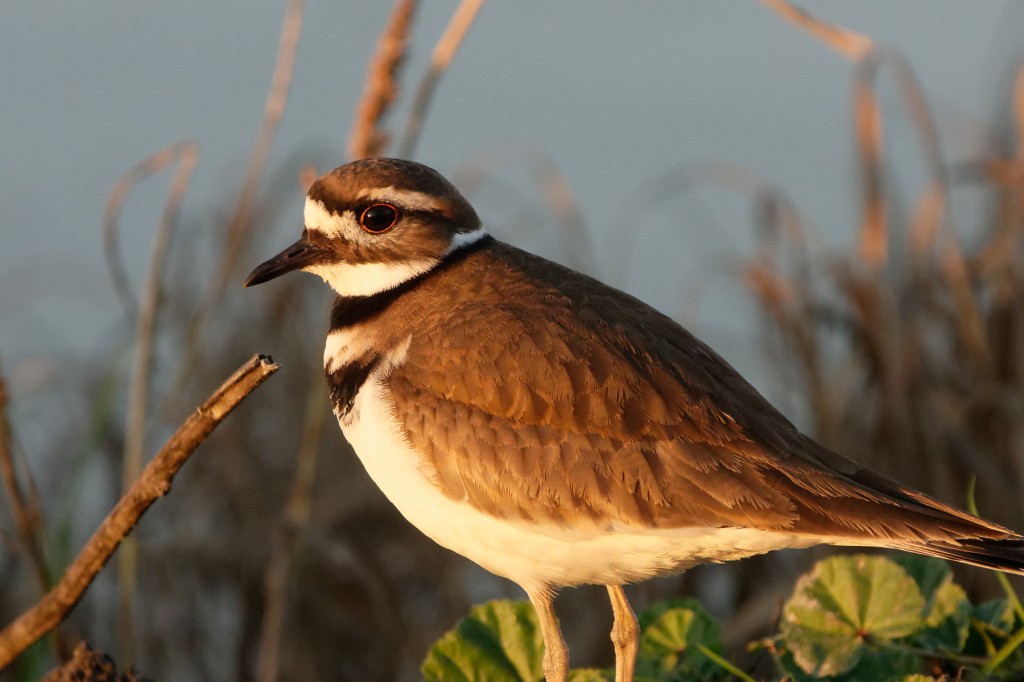We returned to Merced National Wildlife Refuge last weekend. Just like last year, it did not disappoint. Thousands of snow geese, lesser sandhill cranes, and Ross’s geese, along with abundant northern shovelers, cinnamon teal, and other assorted waterfowl winter in the heavily managed wetlands and grassy uplands.
It turns out that the 100,000-acre refuge was established in 1951, not so much to aid wildlife as to attract the geese away from nearby farmlands where they were causing damage to crops. Much of the refuge is planted in corn and winter wheat to attract and sustain the wintering birds.
Most of the wildlife viewing at the refuge is done from a car. There’s a four mile unpaved driving loop that traverses both wetland and upland habitat. You’re directed to remain in your car for the majority of the route. A benefit to this is that most birds fear cars less than they fear exposed humans. We were able to approach much closer to many birds from our cars (our friends Mike and Katharina accompanied Marla, me, and Marla’s brother Steve in a separate car) than would have walking. We didn’t see as many cranes as we had last year, but we saw a lot of good stuff:









